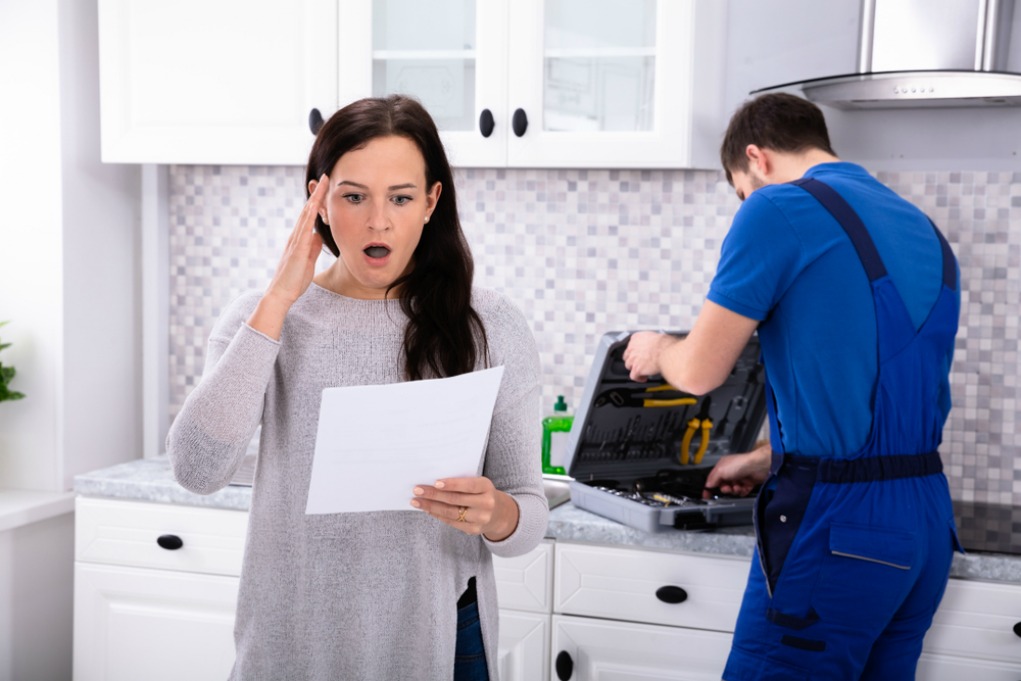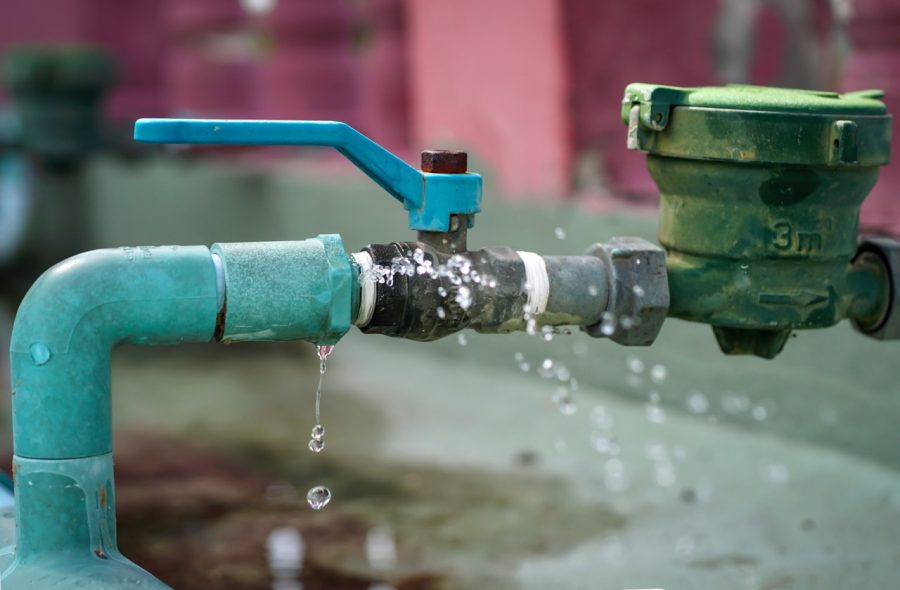Helpful Tips for Dealing with Plumbing Issues in Older Homes
Helpful Tips for Dealing with Plumbing Issues in Older Homes
Blog Article
Have you been interested in help and advice around Common Plumbing Challenges In Old Buildings?

Older homes frequently feature beauty, character, and history, but they can also bring a host of pipes concerns. Whether you're handling aging pipelines, low tide pressure, or leakages, understanding just how to attend to these typical problems is important to keeping a secure and practical home. In this overview, we'll check out the common plumbing obstacles dealt with by older homes and supply useful services to keep your pipes in leading form.
Understanding Typical Plumbing Problems
Aging Pipes
Among the most common problems in older homes is aging pipelines. Depending upon the era in which your home was developed, the pipes could be made from materials that have actually weakened with time, such as galvanized steel, cast iron, and even lead. These products can rust, become breakable, or create leaks, resulting in water damages and potential carcinogen.
Low Water Pressure
If you're experiencing low tide pressure, maybe due to natural resources, corrosion inside the pipes, or old components that are no more working successfully. This can be a major hassle, particularly in locations like showers and sinks.
Dripping Pipes
Leakages are one more constant problem in older homes, typically brought on by rusty or worn-out pipes. Even little leakages can cause significant water damages, mold development, and raised water bills otherwise dealt with promptly.
Outdated Fixtures
Out-of-date plumbing fixtures such as faucets, bathrooms, and showerheads not just look old however might also be less reliable, susceptible to leaks, or incompatible with modern-day plumbing requirements.
Pipeline Rust
Rust is an usual trouble in older pipes, especially those made from galvanized steel or actors iron. Rusty pipes can restrict water circulation, trigger staining, and ultimately cause leakages or pipe ruptureds.
Evaluating the Problem of Your Plumbing
Examining Noticeable Pipelines
Beginning by evaluating any kind of visible pipes in your house, such as those in cellars, crawl spaces, or under sinks. Try to find indications of rust, leaks, or rust, which can show underlying concerns.
Looking for Leaks
Check for leakages by evaluating locations around taps, bathrooms, and under sinks. You can also check your water meter prior to and after a period of no water use to detect surprise leaks.
Water High Quality Screening
Older pipes can affect the quality of your water. Conduct a water high quality examination to check for impurities such as lead, rust, or various other pollutants that might be introduced by aging pipes.
Solutions for Usual Plumbing Problems
Changing Aging Pipelines
If your home has old, degrading pipes, take into consideration replacing them with modern-day products like copper or PEX. This can be a substantial financial investment, yet it will avoid future issues and boost the safety and integrity of your plumbing system.
Taking Care Of Low Water Stress
To take care of low water stress, start by cleansing or replacing old components and eliminating mineral build-up in the pipes. If the trouble continues, it might be essential to replace areas of corroded pipes.
Fixing and Replacing Dripping Pipes
For tiny leaks, you can make use of pipe clamps or epoxy putty as a momentary fix. Nevertheless, it's finest to change leaking pipes totally to avoid additional damages.
Updating Components
Upgrading old components to modern, water-efficient designs can boost your home's plumbing performance and lower water usage. Try to find fixtures with the WaterSense label for the very best performance.
Handling Pipeline Corrosion
If your pipes are worn away, replacing them with corrosion-resistant materials like copper, PVC, or PEX is the very best remedy. Routine examinations and water quality maintenance can aid protect against even more rust.
When to Call a Specialist
While some plumbing problems can be managed with do it yourself solutions, there are times when it's ideal to hire a professional. If you're handling significant leaks, substantial rust, or are uncertain concerning the condition of your pipelines, a qualified plumbing can supply experienced evaluation and repair service.
Preventive Upkeep Tips
Normal Inspections
Frequently check your pipes system for indicators of deterioration. Capturing problems early can avoid expensive repair services down the line.
Water Stress Policy
Ensure your water pressure is within the recommended variety to prevent emphasizing your pipelines and fixtures. A plumbing can set up a stress regulator if needed.
Water High Quality Maintenance
Set up water filters or conditioners if your water top quality is poor. This can shield your pipelines and components from damages triggered by hard water or pollutants.
Positive Pipe Replacement
If your home has very old pipes, take into consideration aggressive replacement prior to significant problems occur. This can save you from emergency situation repair services and water damages.
Final thought
Handling plumbing concerns in older homes needs a combination of vigilance, preventative upkeep, and prompt upgrades. By comprehending the common obstacles and understanding when to seek professional aid, you can guarantee your pipes system remains useful and reliable for years ahead.
Common Plumbing Issues in Older Homes and How to Fix Them
Owning an older home in Australia comes with its unique charm and a set of challenges, especially when it comes to plumbing. The Sunshine Coast has many older properties that can harbour plumbing problems that aren t just inconvenient but potentially costly. Here s a look at some common plumbing issues in older homes and expert advice on how to handle them.
Outdated Piping Materials
Many older homes were built with galvanised steel, cast iron, or even lead pipes, materials that are far from ideal by today s standards. Galvanised pipes are prone to corrosion and clogging, while lead pipes pose serious health risks.
How to Fix:
Replacing old pipes is a job for a professional. Upgrading to copper or PVC piping not only enhances water quality and flow but also increases the property s safety and value. If you suspect your home has outdated materials, a licensed plumber can conduct a thorough inspection and recommend the best course of action.
Corrosion and Pipe Degradation
Over time, exposure to water and minerals can cause pipes to corrode, leading to leaks, bursts, and water contamination. Corrosion is especially common in homes over 50 years old.
How to Fix:
Regular inspections can catch early signs of corrosion. If corrosion is found, the affected section of piping often needs to be replaced. For homes with extensive corrosion, a complete plumbing overhaul might be necessary. It s crucial to consult with a plumbing expert to understand the extent of the issue.
Tree Root Intrusion
Older neighbourhoods usually have mature trees whose roots can intrude into pipe lines, causing blockages or damage. This is particularly problematic for sewer lines, where roots seek out water sources.
How to Fix:
A plumber can use a specialised camera to inspect sewer lines for root intrusion. If roots are a problem, methods like root cutting or hydro-jetting can clear the obstruction. In severe cases, part of the pipe may need replacing. Consider root barriers around the piping to prevent future issues.
Inadequate Water Pressure
Low water pressure in older homes can be due to various factors, including corroded water lines, sediment build-up in pipes, or outdated fixtures.
How to Fix:
First, check if the low pressure is isolated to one area or throughout the house. Replacing old fixtures can sometimes resolve the issue. However, if the problem is more widespread, it might be due to sediment or corrosion. Flushing the system or replacing the affected pipes usually restores normal pressure. Again, a professional assessment is advisable.
Outdated Fixtures
Older homes often feature fixtures that are not only visually dated but functionally inefficient. This includes everything from toilets and taps to showerheads and washing machine hoses.
How to Fix:
Updating these fixtures can improve both water efficiency and the aesthetic appeal of your home. Modern fixtures are designed to conserve water, which can significantly reduce your water bill and lessen your environmental impact.
Conclusion
Maintaining the plumbing in an older home requires a proactive approach. Regular checks and updates are key to preserving these beautiful properties. If you re facing plumbing issues in your older home, it s best to call on experienced professionals like Green & Gold Plumbing & Gas. With the right expertise, even the most daunting plumbing problems can be resolved, ensuring that your home s character is maintained while its functionality is enhanced.
https://gandgplumbing.com.au/common-plumbing-issues-in-older-homes-and-how-to-fix-them/

I was shown that report about Common Plumbing Problems in Older Homes through a friend on our other web page. Make sure you take a moment to distribute this entry if you enjoyed it. Thank you for your time. Please check up our blog back soon.
Suggested Site Report this page